Research - (2021) Volume 9, Issue 1
Prevalence of Early Childhood Caries and Associated Risk Factors in PreSchool Children of Chennai-A Cross Sectional Study
Vaishali S and Geo Mani*
*Correspondence: Geo Mani, Department of Pedodontics and Preventive Dentistry, Saveetha Dental College and Hospitals, Saveetha Institute of Medical and Technical Sciences (SIMATS), Saveetha University Tamilnadu, India, Email:
Abstract
Early childhood caries is a complex disease involving maxillary primary incisors within a month after eruption and spreads rapidly to involve other primary teeth. It is a serious socio-behavioural and dental problem that afflicts infants and toddlers worldwide. Aim of study is to determine prevalence of early childhood caries and associated risk factors in preschool children. Questionnaire based study. Self-formulated questionnaires were delivered by hand and collected on completion. A Convenience sample of 100 children aged between 8 and 48 months were selected, and data was collected. Data was entered in Microsoft Excel and imported to SPSS and were summarized through bar graphs. Children with maximum caries (23%) were seen in the age group of 40-48 months. Significant increase in the incidence of caries as the age increases (p=0.042) seen. There was a significant increase in the caries in children with low birth weight (p=0.033). A significant increase in caries prevalence was found in children accustomed to the practice of on-demand bottle feeding at night (p=0.001). Caries also increased significantly when milk with sugar was consumed (p=0.001). However, increased frequency of tooth-brushing, parental supervision, significantly decreased caries prevalence(p=0.001). From this study we come to know that the associated risk factors for the prevalence of caries is age, low maternal education, improper feeding, and oral hygiene maintenance habits.
Keywords
Brushing, Early Childhood caries, Education, Family, Feeding
Introduction
Dental caries is the commonest chronic disease of childhood that interferes with normal nutrition intake, speech, and daily routine activities preschool children. It is the foremost common chronic infectious disease of childhood, caused by the interaction of bacteria, mainly Streptococcus mutans, and sugary foods on enamel surface of the tooth. S. mutans can spread from mother to baby during infancy and may inoculate even pre-dentate infants. These bacteria break down sugars for energy, causing an acidic environment in the mouth and result in demineralization of the enamel of the teeth resulting in dental caries [1]. Dental caries in toddlers and infants have a different pattern. The definitions first used to describe this condition were associated with etiology, with the main target on inappropriate use of nursing practices. The following terms can be used: Early childhood tooth decay, early childhood caries, baby bottle-fed tooth decay, early childhood dental decay, comforter caries, nursing caries, maxillary anterior caries, rampant caries, and many more [2]. Early childhood caries is a complex disease involving the primary dentition and spreads rapidly. It is a socio- behavioural and dental problem that afflicts most of the toddlers across the world.
As any caries lesion, ECC is caused due to poor oral hygiene, bacterial invasion, sugary diet habits, etc. This type of decay influences generally young kids at or beneath levels of poverty, teeth which are usually vulnerable to caries have structural damage. In the initial phase, ECC is recognized as a dull, white demineralized enamel that quickly advances to obvious decay along the gingival margin [3]. Deciduous maxillary incisors are most affected earlier than the four deciduous maxillary anterior teeth which are often involved concurrently [4]. Carious lesions may be found on either the labial or lingual surfaces of the teeth and, in some cases, on both [5]. The decayed hard tissue is clinically seen as a yellow or brown cavitated area. In older children, whose entire primary dentition is fully erupted, it is not ascertained to see considerable advancement of the dental damage. This can also affect the permanent dentition leading to malocclusion, or unerupted or malposed teeth.
In primary teeth, dental caries is a preventable and reversible disease if treated in early stages, but when left untreated it will lead to pain, bacterial infection, alteration in growth and development, premature loss of teeth, speech difficulty, increase in treatment costs, loss of confidence, and negatively affect the eruption of successor permanent teeth [6]. The effects of early childhood caries may in many children extend beyond pain and infection. It also affects the child’s ability to eat, communicate, and learn resulting in lower self-esteem. Pulpal pain associated with deep caries lesions can lead to reduced quality of life in children [7].
Streptococcus mutans and Streptococcus sobrinus are the main cariogenic microorganisms [8]. These acid-producing pathogens inhabiting the mouth cause damage by dissolving tooth structures within the presence of fermentable carbohydrates such as sucrose, fructose, and glucose [9]. Most of the long-term studies also demonstrated that the individuals with low infection levels in this period are less likely to be infected with MS, and subsequently have the lowest level of risk of developing caries [10]. Inappropriate use of baby bottles has a central role in the etiology and severity of ECC. The rationale is the prolonged bedtime use of bottles with sweet content, especially lactose [11].
Caries risk is greatest if sugars are consumed at high frequency and are in a form that is retained in the mouth for long periods [12]. Studies suggested that ECC is more commonly found in children who live in poverty or in poor economic conditions, who belong to ethnic and racial minorities, who are born to single mothers, whose parents have low educational level, especially those of illiterate mothers. In these populations, due to the prenatal and perinatal malnutrition or undernourishment, these children have an increased risk for enamel hypoplasia and exposure to fluorine is probably insufficient [13].
Our department is passionate about childcare, we have published numerous high-quality articles in this domain over the past 3 years [14- 32]. With this inspiration we planned to pursue research on determining the prevalence of early childhood caries and associated risk factors in preschool children.
Materials and Method
Questionnaire design
This study was a questionnaire-based study. Validation and reliability check were done by experts in the field of pediatric Dentistry. A pilot survey was also conducted to evaluate the same. Consent for participation was obtained from the participants' parents. The questionnaires were self-formulated and were delivered by hand and collected on completion. The medium of answering the questionnaires was English. The questionnaire was designed to assess the prevalence of early childhood caries and the associated risk factors in preschool children.
Sample size
A random sample of 100 children aged between 8 and 48 months were selected from various parts of urban Chennai. The status of dental caries was recorded according to the World Health Organisation (WHO) criteria. Information regarding oral hygiene practices, feeding habits, socio-economic status, birth weight, and educational status of the mother was obtained through a structured questionnaire given to parents of preschool children.
Statistical analysis
The statistical analysis was performed using the Statistical package for Social Sciences version (SPSS) 20. Association between groups were made through Pearson Chi square test. Values were deemed significant if p<0.05.
Results and Discussion
A random sample of 100 children aged between 8 and 48 months were selected from various parts of urban chennai. Out of 100 children, ECC was absent in 56% of the children and absent in 44% of the children (Table 1). In relation to association between age and ECC, it was seen that presence of ECC increases as age increases, which is statistically significant.
| Early childhood caries | Frequency (n) | Percentage (%) |
|---|---|---|
| Present | 44 | 44 |
| Absent | 56 | 56 |
| Total | 100 | 100 |
Table 1: Shows the frequency distribution of children with and without Early Childhood Caries (ECC). Out of 100 children, ECC was absent in 56% of the children and absent in 44% of the children.
Pearson Chi square= 3.332, p=0.042 (<0.05), hence statistically significant (Figure 1). In relation to association between the education status of mother and ECC it was seen that presence of ECC is more (24%) in children whose mothers are uneducated,which is statistically significant. Pearson Chi square= 27.062, p=0.001 (<0.05), hence statistically significant (Figure 2). In relation to association between birth weight of children and ECC it was seen that presence of ECC is more (32%) in children whose birth weight is under 2.5kg, which is statistically significant. Pearson Chi square= 4.452, p=0.033 (<0.05), hence statistically significant (Figure 3).
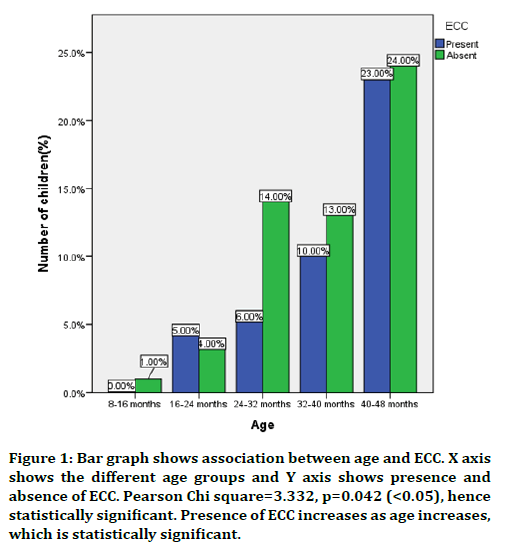
Figure 1. Surgical training questionnaire
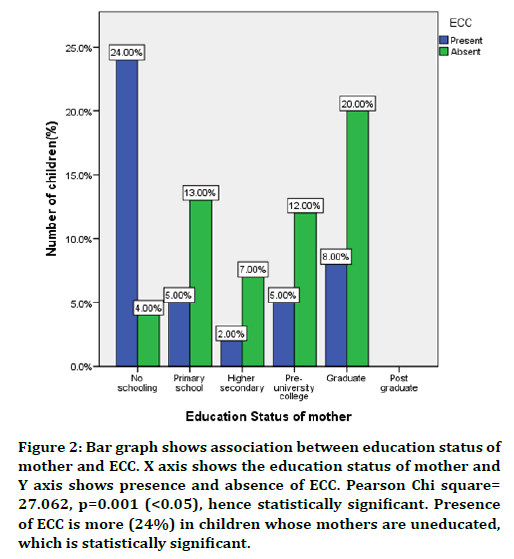
Figure 2. Surgical training questionnaire
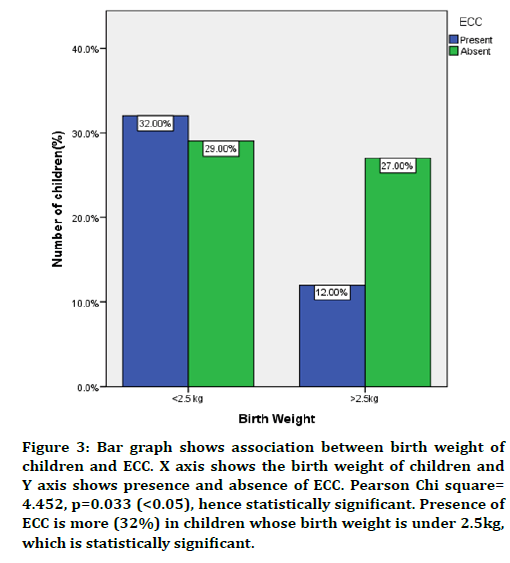
Figure 3. Surgical training questionnaire
In relation to association between type of family and ECC it was seen that presence of ECC is more (25%) in children who belong to a nuclear type of family, which is statistically significant. Pearson Chi square= 2.448, p=0.015 (<0.05), hence statistically significant (Figure 4). In relation to association between feeding habits and ECC it was seen that presence of ECC is more (30%) in children who were bottle fed, which is statistically significant. Pearson Chi square= 24.002, p=0.001 (<0.05), hence statistically significant (Figure 5).
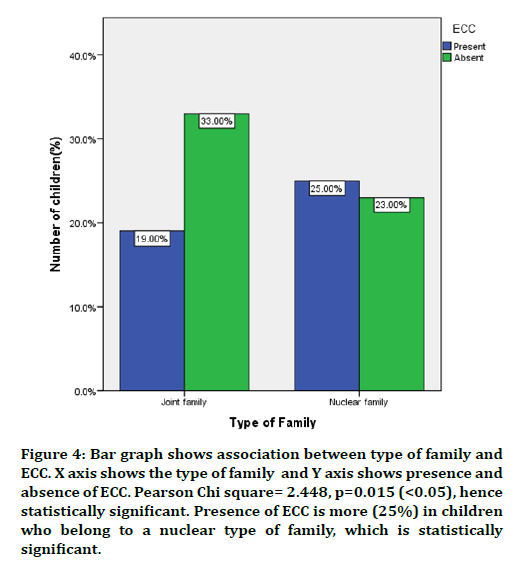
Figure 4. Surgical training questionnaire
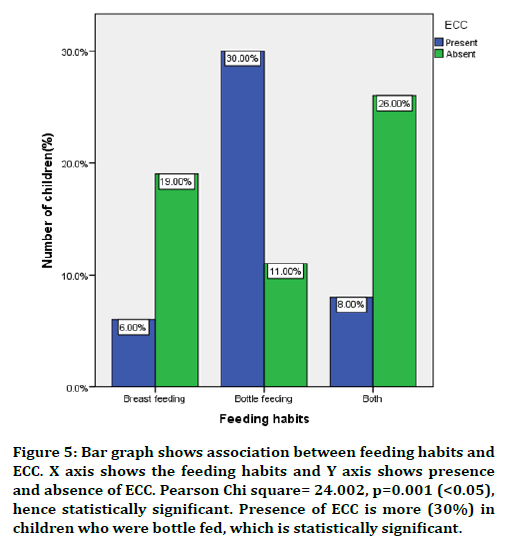
Figure 5. Surgical training questionnaire
In relation to association between consumption of sugar and ECC it was seen that presence of ECC is more (29%) in children who had more consumption of sugar, which is statistically significant. Pearson Chi square=12.538, p=0.001 (<0.05), hence statistically significant (Figure 6). In relation to association between brushing habits and ECC it was seen that presence of ECC is more (19%) in children who cleaned their teeth by themselves, which is statistically significant. Pearson Chi square= 21.509, p=0.001 (<0.05), hence statistically significant (Figure 7).
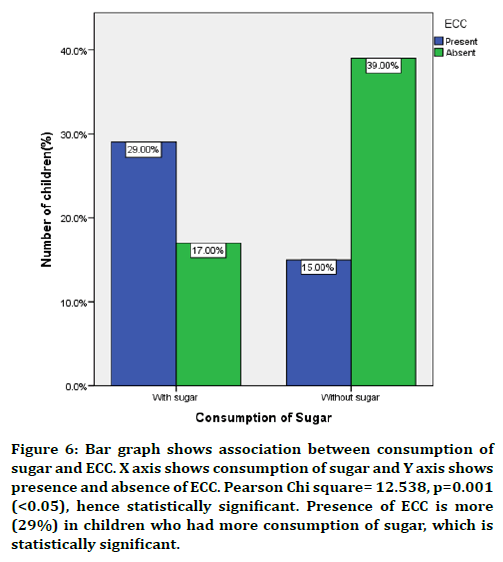
Figure 6. Surgical training questionnaire
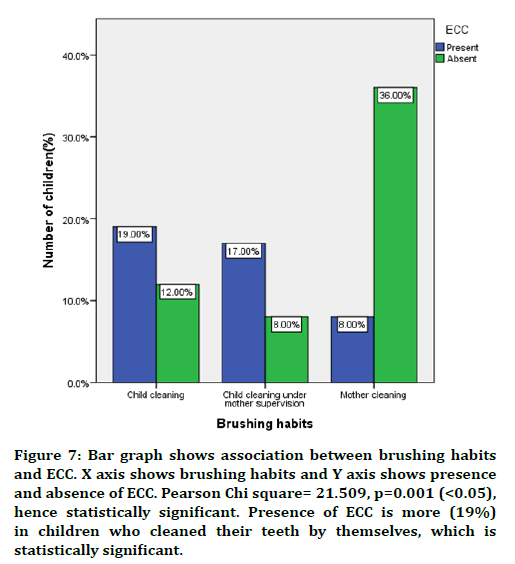
Figure 7. Surgical training questionnaire
The oral health of preschoolers is an overlooked aspect of childhood health and well-being, especially in cases of Early childhood caries. In relation to association between age and ECC, it was seen that as age increases caries prevalence also increases. This was in line with the study by Jose et al [33]. The children of age group 40 to 48 months showed higher caries prevalence (23%) than the younger age groups. This finding of increased early childhood caries with increasing age is as expected, because there is an increasing number of primary teeth which erupts in the oral cavity and becomes exposed to the oral environment and the cariogenic challenge. Also, as the age increases, children tend to change their dietary habits and oral hygiene practices [34]. In relation to educational status of mothers, the educational status of mothers is of more importance in nourishing their children. They should have enough knowledge as they are the primary caregivers of a child. Low maternal education results in higher incidence of caries in their children which was evident in our study in which the caries incidence was higher (24%) in children whose mothers were uneducated and caries prevalence was low in children whose mothers were educated. This may be attributed to the fact that lack of information and education regarding the oral health like feeding habits, oral hygiene habits, dietary habits, which leads to the negligence of the mothers in taking care of the oral health of their children leading to caries. The results coincide with other studies like Livny et al. [35] where similar results were demonstrated.
Next factor is birth weight, in which the children who were born with low birth weight (<2.5 kgs) demonstrated high caries prevalence (34%) when compared to children born with birth weight of greater than 2.5 kgs. Low birth weight and preterm births predisposes to high levels of streptococcal colonization in the oral cavity leading to caries and in addition favouring the development of enamel hypoplasia and salivary disorders. These results are in accordance with study by Shulman et al. [36].
In relation to the type of family, caries prevalence was found to be significantly lower (33%) in children who lived in a joint family when compared to children who lived in nuclear families where caries prevalence was relatively higher. The probable reason could be in the joint type of family, there are quite a lot of family members in taking care of the children by providing proper nourishment and monitoring the oral habits of the children, which includes the feeding pattern, dietary habits and oral hygiene practices. But nowadays in this type of contemporary world, where nuclear families exist and both the parents are working, there is not enough time for them to take care of their children in person, especially when it comes to oral habits of their children [37]. This leads to high caries prevalence in such children brought up in nuclear families.
In relation to the association of early childhood caries with feeding habits, caries prevalence (30%) was found to be higher in children who were bottle fed for a longer duration of time. The improper feeding patterns like bottle feeding beyond one year, prolonged or ondemand breastfeeding and children put to bed with nursing bottles are responsible for an increase in the exposure of primary teeth to fermentable carbohydrates. This increases the risk of developing caries. The results were not in accordance with study by Petti et al. [38] where caries prevalence was higher in children who were exclusively breast fed. Exclusive breastfeeding should be encouraged up to the sixth month, and maintained at least up to the second year, with flexibility in schedules or shifts, and complemented appropriately with weaning food. On-demand breastfeeding for longer durations decreases plaque pH, thereby increasing the risk of ECC. Therefore, mothers should be informed of how they can reduce the probability of ECC by discouraging breastfeeding on demand, transitioning to use of a regular cup at 12 months of age, and cleaning the child’s mouth regularly once the first primary tooth has erupted as suggested by American Academy of Pediatric Dentistry guidelines of Pediatric Dentistry and Others [39].
In relation to the consumption of sugar, the caries prevalence increased (29%) with increased sugar consumption and caries incidence was low (39%) in children who consumed milk without sugar. The sugar intake in the early stages of life may accelerate the accumulation of mutans streptococci in the infant’s mouth which is a risk factor for caries. The mutans streptococci colonization is directly proportional with increased snacking habits leading to increase in caries prevalence among preschool children. Other factors predisposing to caries are frequent consumption of foods, snacks and drinks like soft drinks, juices, noncitric beverages, and carbohydrates in-between meals. Hence, nutritional recommendations of limiting the snacking time among children and encouraging regular meals is essential. Nutritional supplements and dietary factors have a profound and lasting effect on developing and developed dentition [40].
Last factor is the oral hygiene habits in which children without caries were significantly high (36%) in children whose brushing was done by their mothers. Caries prevalence was higher (19%) in children who brushed by themselves without their parents’ supervision. This is in accordance with the study by Ibrahim et al. [41]. Many authors have shown that regular tooth brushing may counteract the effects of a cariogenic diet [6]. Therefore, variables such as tooth brushing under supervision, frequency of brushing, type of dentifrice, and tooth cleaning aids should be educated to the parents. Parental assistance and guidance are essential to reduce the risk of developing caries. Tooth brushing by parents or caregivers has the potential of removing dental plaque more effectively, optimally saturating the oral environment with fluoride, thereby decreasing the risk of caries among their children.
Overall, the significant findings of this survey will form a part of a baseline for the oral health assessment for children below 6 years of age which would be extremely helpful to the parents as well as caregivers in taking care and properly monitoring the oral habits of the children. Parent supervision is essential in oral health maintenance of their children in this age. So, assessment of these risk factors would help in early diagnosis and prevent the spread of caries.
Conclusion
Within the limits of the study, it was seen that Early Childhood Caries was prevalent in 44% of pre-school children. Also, it was seen that significant association was found between ECC and factors like age, maternal education, birth weight, type of family, feeding habit, sugar consumption and oral hygiene maintenance. So, it can be concluded that risk factors for ECC include increasing age, low maternal education, low birth weight, nuclear type of family, improper feeding habits, increased sugar consumption and improper oral hygiene maintenance.
Acknowledgment
Nil.
Author Contribution
First author Vaishali S performed data collection, analysis and interpretation and wrote the manuscript. Second author Geo Mani contributed to conception, study design, analysis, interpretation and critically revised the manuscript. All the authors have discussed the results and contributed to the final manuscript.
Conflict of Interest
None.
References
- Douglass JM, Douglass AB, Silk HJ. A practical guide to infant oral health’, American family physician, 2004; 70:2113–2120.
- Dilley GJ, Dilley DH, Machen JB. Prolonged nursing habit: a profile of patients and their families. J Dent Children 1980; 47:102–108.
- Berkowitz RJ. Causes, treatment and prevention of early childhood caries: A microbiologic perspective. J Canadian Dent Assoc 2003; 69:304–307.
- van Houte J, Gibbs G, Butera C. Oral flora of children with ‘nursing bottle caries’. J Dent Res 1982; 61:382–385.
- Kelly M, Bruerd B. The prevalence of baby bottle tooth decay among two native American populations. J Public Health Dent 1987; 47:94–97.
- Kagihara LE, Niederhauser VP, Stark M. Assessment, management, and prevention of early childhood caries. J Am Academy Nurse Practitioners 2009; 21:1–10.
- Casamassimo PS, Thikkurissy S, Edelstein BL, et al. Beyond the DMFT: The human and economic cost of early childhood caries. J Am Dent Association 2009; 140:650–657.
- Tanzer JM, Livingston J, Thompson AM. The microbiology of primary dental caries in humans. J Dent Educ 65:1028–1037.
- Schafer TE, Adair SM. Prevention of dental disease. The role of the pediatrician. Pediatr Clin North Am 2000; 47:1021–1042.
- Ercan E, Dülgergil ÇT, Yildirim I, et al. Prevention of maternal bacterial transmission on children’s dental-caries-development: 4-year results of a pilot study in a rural-child population. Archives Oral Biol 2007; 748–752.
- Ripa LW. Nursing caries: A comprehensive review’, Pediatric dentistry, 1988; 10:268–282.
- Çolak H, Dülgergil ÇT, Dalli M, et al. Early childhood caries update: A review of causes, diagnoses, and treatments. J Natural Sci Biol Med 2013; 4:29–38.
- Vadiakas G. Case definition, aetiology and risk assessment of early childhood caries (ECC): A revisited review. Eur Archives Paediatr Dent 2008; 9:114–125.
- Govindaraju L, Jeevanandan G, Subramanian EMG. Comparison of quality of obturation and instrumentation time using hand files and two rotary file systems in primary molars: A single-blinded randomized controlled trial. Eur J Dent 2017; 11:376–379.
- Govindaraju L, Jeevanandan G, Subramanian EMG. Knowledge and practice of rotary instrumentation in primary teeth among Indian dentists: A questionnaire survey. J Int Oral Health 2017; 9:45.
- Panchal V, Gurunathan D, Shanmugaavel AK. Smartphone application as an aid in determination of caries risk and prevention: A pilot study. Eur J Den 2017; 11:469.
- Ravikumar D, Jeevanandan G, Subramanian EM. Evaluation of knowledge among general dentists in treatment of traumatic injuries in primary teeth: A cross-sectional questionnaire study. Eur J Den 2017; 11:232.
- Jeevanandan G, Govindaraju L. Clinical comparison of Kedo-S paediatric rotary files vs manual instrumentation for root canal preparation in primary molars: a double blinded randomised clinical trial. Eur Arch Paediatr Dent 2018; 19:273-278.
- Nair M, Jeevanandan G, Vignesh R, et al. Comparative evaluation of post-operative pain after pulpectomy with k-files, kedo-s files and mtwo files in deciduous molars-a randomized clinical trial. Braz Dent J 2018; 21:411-417.
- Ravikumar D, Gurunathan D, Gayathri R, et al. DNA profiling of Streptococcus mutans in children with and without black tooth stains: A polymerase chain reaction analysis. Dent Res J 2018; 15:334.
- Dhanalakshmi, Ravikumar SN, Ramakrishna M, et al. Evaluation of McNamara’s analysis in South Indian (Tamil Nadu) children between 8–12 years of age using lateral cephalograms. J Oral Biol Craniofac Res 2019; 9:193.
- Ravindra V, Rekha V, Annamalai S, et al. A comparative evaluation between dermatoglyphic patterns and different terminal planes in primary dentition. J Clin Exp Dent 2018; 10:e1149.
- Ravindra V, Rekha CV, Annamalai S, et al. A comparative evaluation between cheiloscopic patterns and the permanent molar relationships to predict the future malocclusions. J Clin Exp Dent 2019; 11:e553.
- Subramanyam D, Gurunathan D, Gaayathri R, et al. Comparative evaluation of salivary malondialdehyde levels as a marker of lipid peroxidation in early childhood caries. Eur J Dent 2018; 12:67.
- Vishnu Prasad S, Kumar M, et al. Report on oral health status and treatment needs of 5–15 years old children with sensory deficits in Chennai, India. Spec Care Dentist 2018; 38:58-59.
- Jeevanandan G, Ganesh S. Kedo file system for root canal preparation in primary teeth. Indian J Dent Res 2019; 30:622.
- Ramadurai N, Gurunathan D, Samuel AV, et al. Effectiveness of 2% Articaine as an anesthetic agent in children: randomized controlled trial. Clin Oral Investig 2019; 23:3543-3550.
- Ramakrishnan M, Dhanalakshmi R, Subramanian EM. Survival rate of different fixed posterior space maintainers used in Paediatric Dentistry–A systematic review. Saudi Dent J 2019; 31:165-172.
- Panchal V, Jeevanandan G, Subramanian EM. Comparison of instrumentation time and obturation quality between hand K-file, H-files, and rotary Kedo-S in root canal treatment of primary teeth: A randomized controlled trial. J Indian Soc Pedod Prev Dent 2019; 37:75.
- Vignesh R, Ditto Sharmin C, Annamalai S, et al. Management of complicated crown-root fracture by extra-oral fragment reattachment and intentional reimplantation with 2 years review. Contemp Clin Dent 2019; 10:397.
- Panchal V, Jeevanandan G, Subramanian EM. Comparison of post-operative pain after root canal instrumentation with hand K-files, H-files and rotary Kedo-S files in primary teeth: a randomised clinical trial. Eur Arch Paediatr Dent 2019; 20:467-472.
- Samuel SR, Acharya S, Rao JC. School Interventions–based Prevention of Early‐Childhood Caries among 3–5‐year‐old children from very low socioeconomic status: Two‐year randomized trial. J Public Health Dent 2020; 80:51-60.
- Jose B, King NM. Early childhood caries lesions in preschool children in Kerala, India. Pediatr Dent 2003; 25.
- Hallett KB, O'Rourke PK. Social and behavioural determinants of early childhood caries. Aust Dent J 2003; 48:27-33.
- Livny A, Assali R, Sgan-Cohen HD. Early Childhood Caries among a Bedouin community residing in the eastern outskirts of Jerusalem. BMC Public Health 2007; 7:167.
- Shulman JD. Is there an association between low birth weight and caries in the primary dentition?. Caries Res 2005; 39:161-167.
- Misra S, Tahmassebi JF, Brosnan M. Early childhood caries–a review. Dent Update 2007; 34:556-564.
- Petti S, Cairella G, Tarsitanl G. Rampant early childhood dental decay: an example from Italy. J Public Health Dent 2000; 60:159-166.
- American Academy of Pediatric Dentistry. American Academy of Pediatric Dentistry reference manual. Am Acad Pediatr Dent 2008.
- Reisine S, Douglass JM. Psychosocial and behavioral issues in early childhood caries. Community Dent Oral Epidemiol 1998; 26:32-44.
- Ibrahim S, Nishimura M, Matsumura S, et al. A longitudinal study of early childhood caries risk, dental caries, and lifestyle. Pediatr Dent J 2009; 19:174-80.
Author Info
Vaishali S and Geo Mani*
Department of Pedodontics and Preventive Dentistry, Saveetha Dental College and Hospitals, Saveetha Institute of Medical and Technical Sciences (SIMATS), Saveetha University Tamilnadu, Chennai, IndiaCitation: Vaishali S, Geo Mani, Prevalence of Early Childhood Caries and Associated Risk Factors in Pre-School Children of Chennai-A Cross Sectional Study, J Res Med Dent Sci, 2021, 9 (1): 148-154.
Received: 23-Sep-2020 Accepted: 14-Dec-2020
